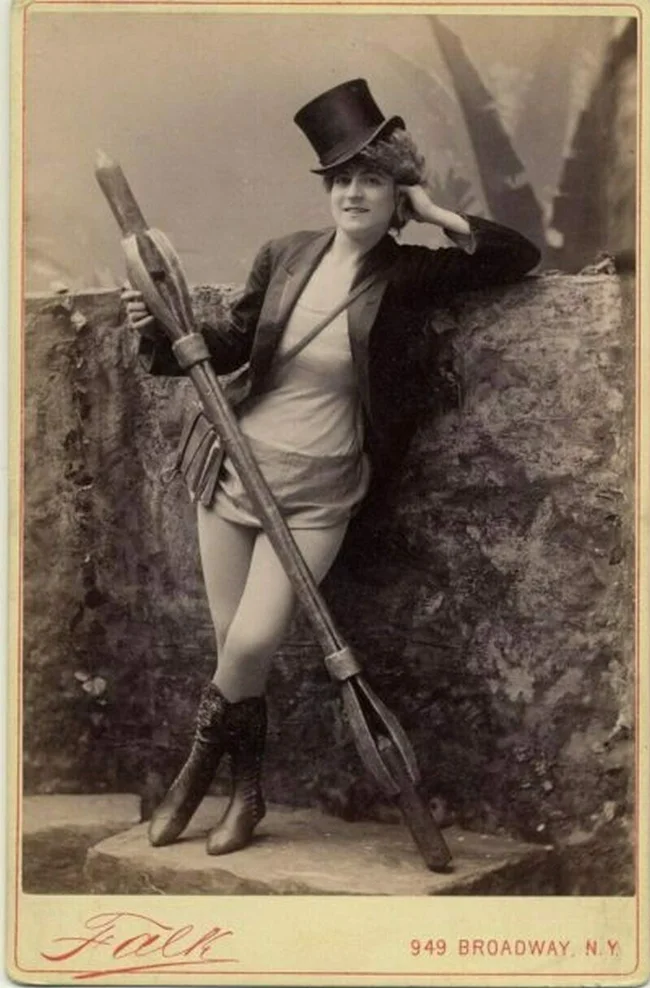18 retro photos about what burlesque is and why it was considered indecent (20 photos)
Indecent jokes, the first stand-up, dancing and costumes: how burlesque captivated the audience. 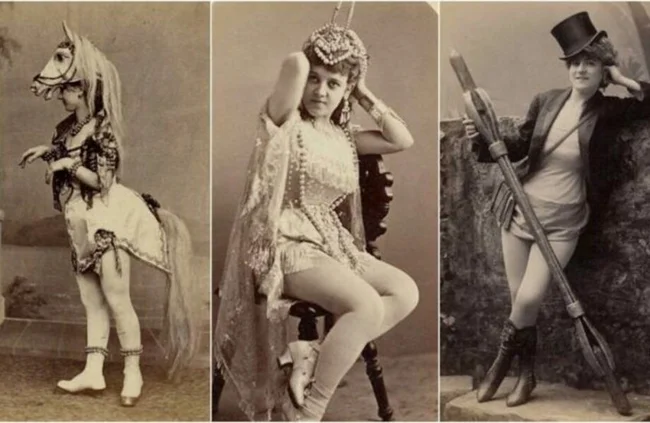
Burlesque was once wildly popular, with artists in the genre drawing crowds of spectators who applauded their puns and off-color jokes. So why did people love this genre so much, and why did it disappear?
Burlesque came onto the stage from literature, and it took place even in antiquity, but it gained particular popularity during the Renaissance. Readers fell in love with works of burlesque because they deliberately ridiculed reality in a comical form or told some serious stories: it was a kind of parody of classical literature. In the works, the main characters could be exalted characters from some tragedy or even religious texts. 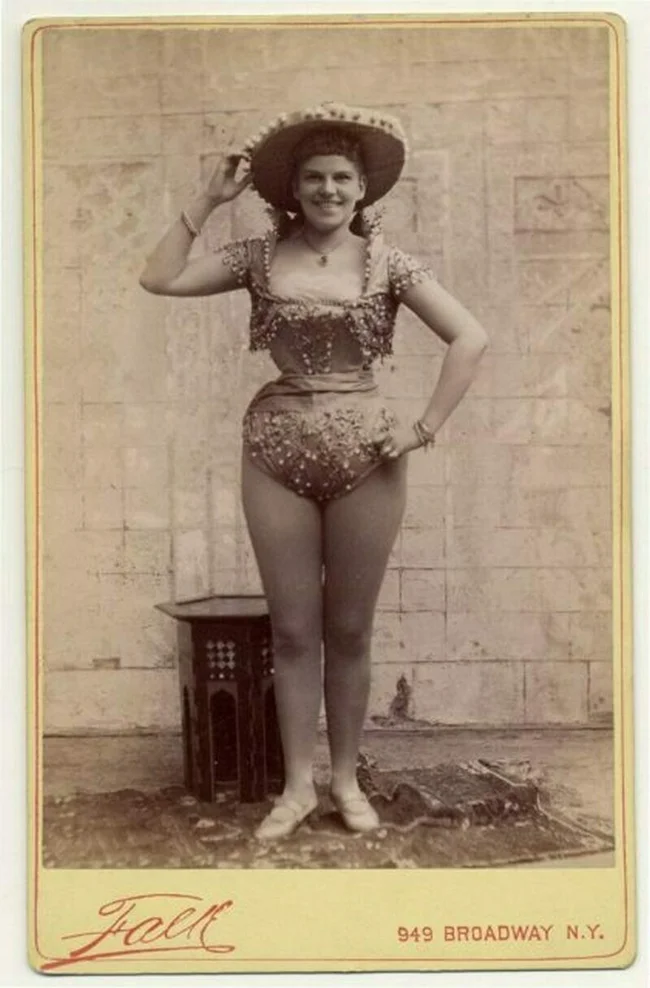
A burlesque actress in a costume with a deliberately short bottom, which is typical for the beginning of the 20th century. - the height of indecency.
For example, even A.S. Pushkin had a burlesque poem “Gabrieliad”: its title was in the style of Homer’s “Iliad”, a classic work, but the plot was about the Archangel Gabriel. The poem was humorous, but since it was on a religious theme, it caused a real scandal. They even opened a case against the poet, and Pushkin himself seriously thought that he was in danger of being exiled.
But this was a country in the first third of the 19th century, but at the end of the century and at the beginning of the next, burlesque entered the stage very successfully. A new era had arrived, freer and sharper in language, and now not only in literature were they ridiculing classical heroes, but also in the theater. It was a new form of entertainment: skits with an unpretentious plot, most often consisting of comic parodies, sometimes it was a chorus or even a striptease. Burlesque became especially popular on Broadway in New York. True, he disappeared as quickly as he appeared, but amazing photographs of that carefree and slightly obscene era have reached us.
The name of the genre comes from the Italian "burla", which means "joke, ridicule or mockery" 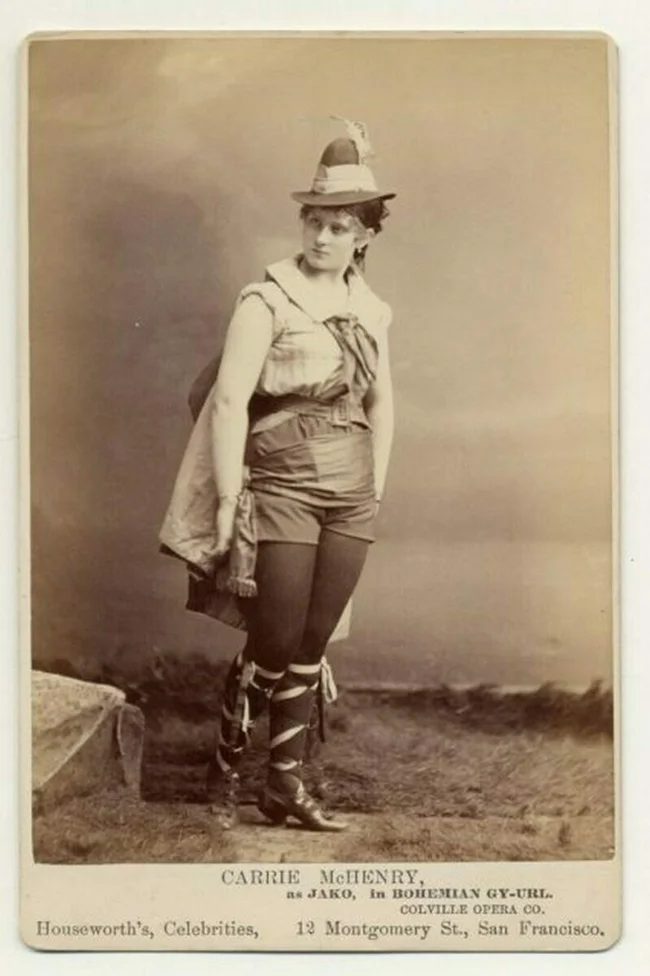
At the beginning of the twentieth century there was a real peak of burlesque: it “moved” from literature to music halls and vaudevilles 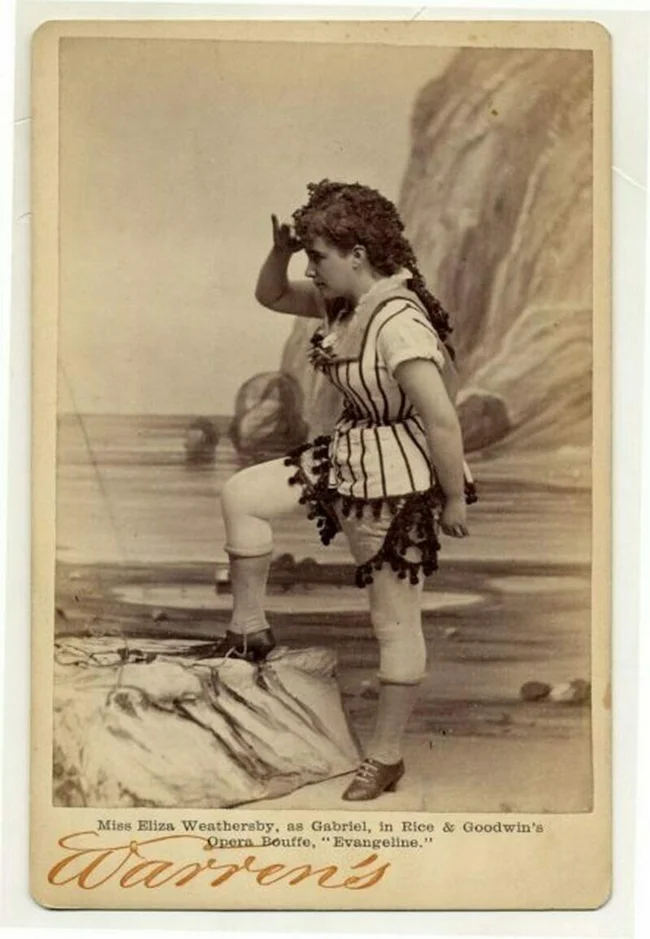
Soon it emerged as an independent genre 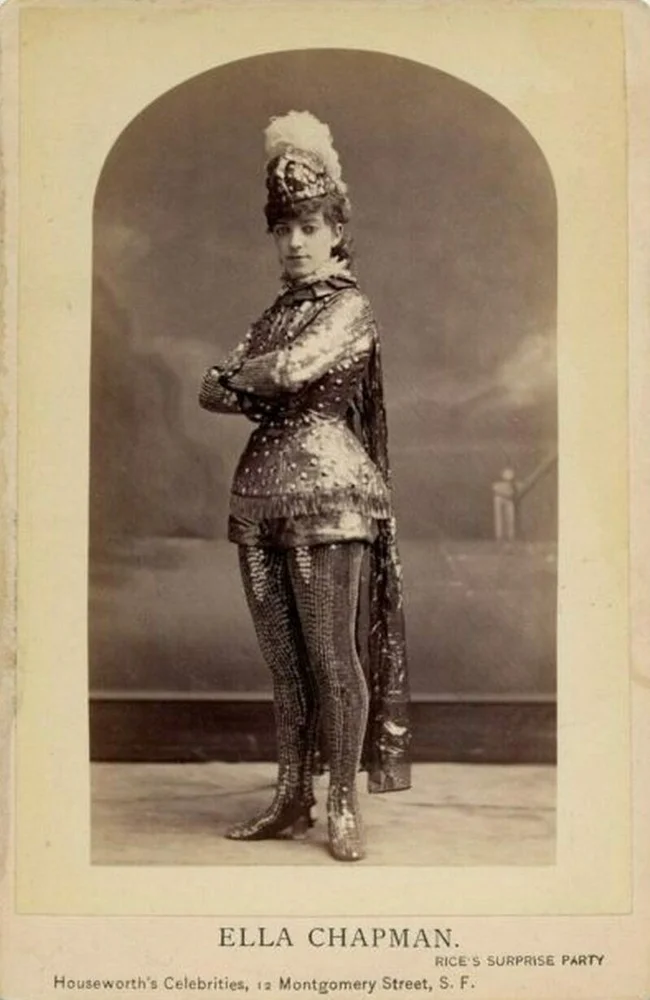
It was an unusual entertainment for adults, a combination of satire and performance 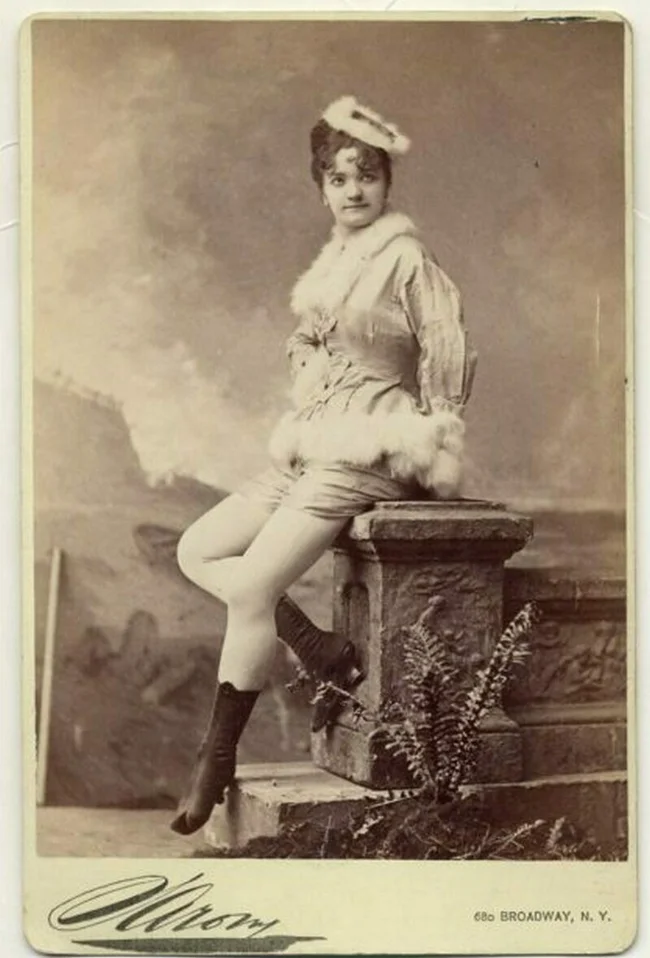
Much attention was paid to bright costumes, music, lighting, and sometimes obscene jokes 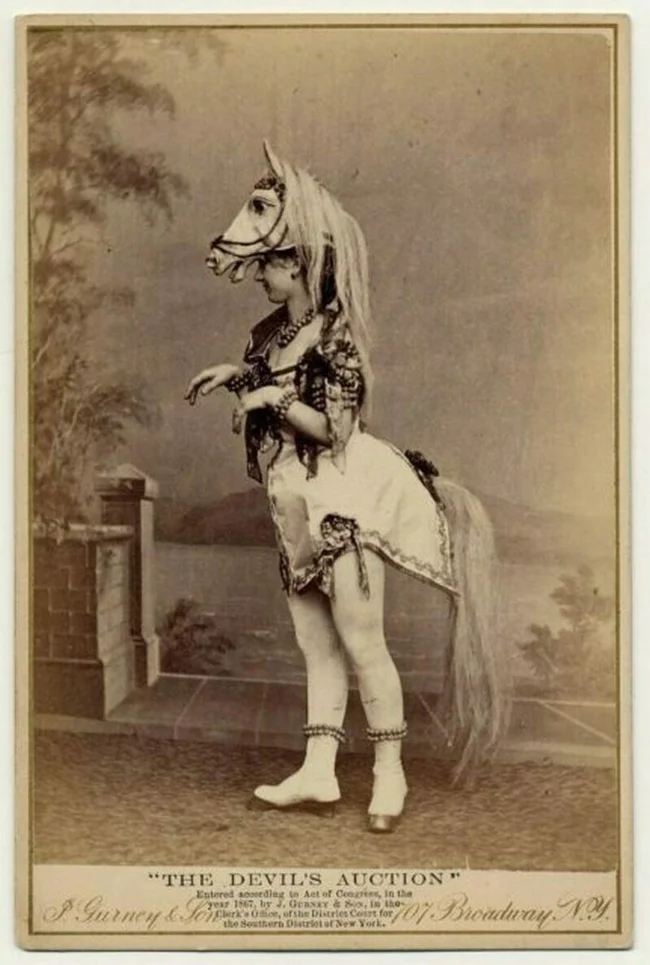
This genre made fun of classical forms of entertainment: opera, musicals, ballet 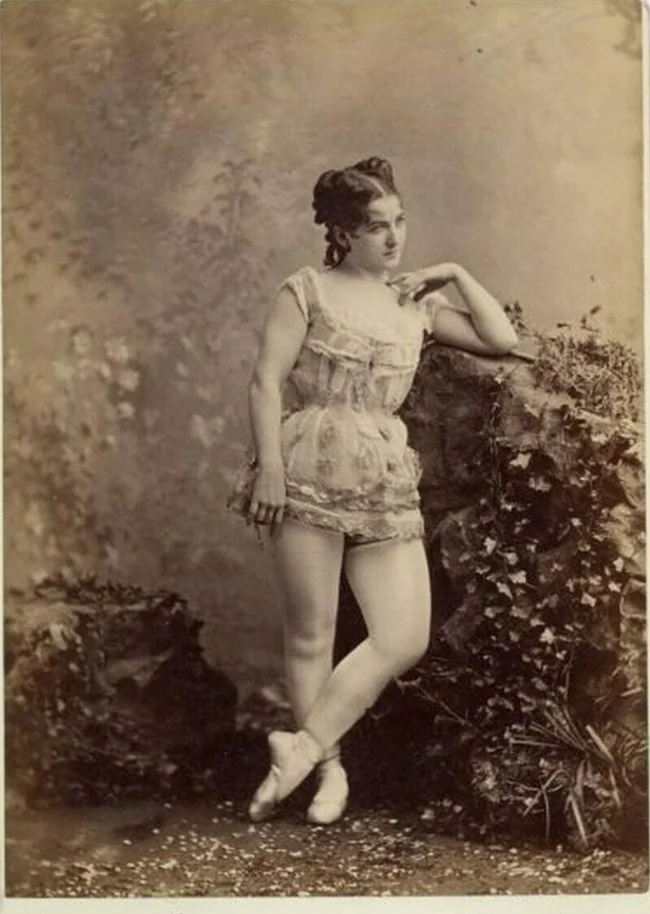
For example, in the photo there is a dancer in pointe shoes
The actors' outfits were provocative and sometimes completely absent. 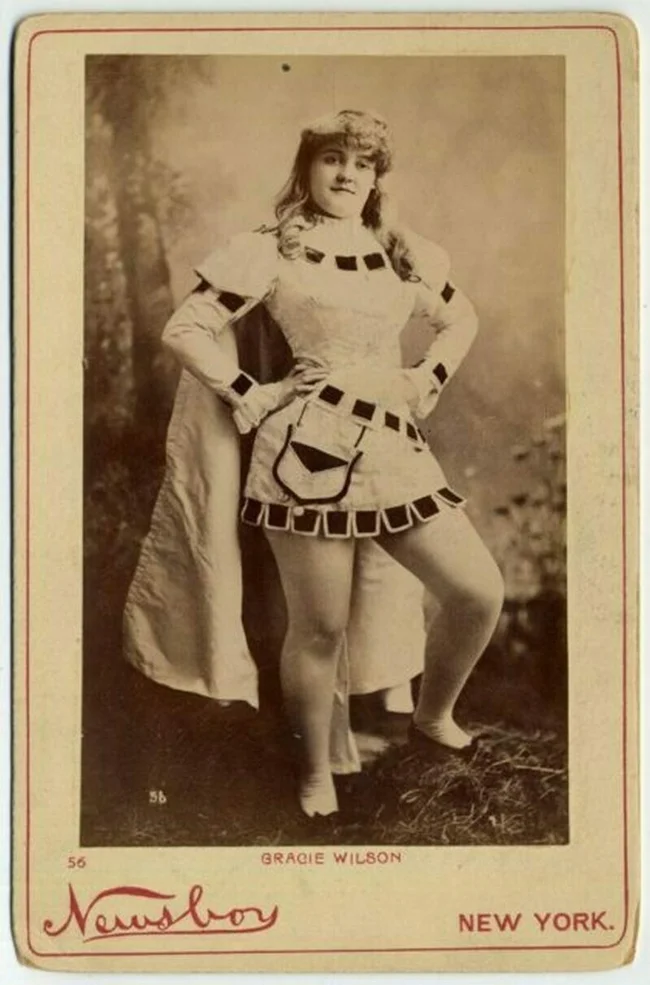
Such clothing was inappropriate for polite society, and the actresses were very daring for their time.
Dialogues, dances, and storylines with sexual overtones played a special role. 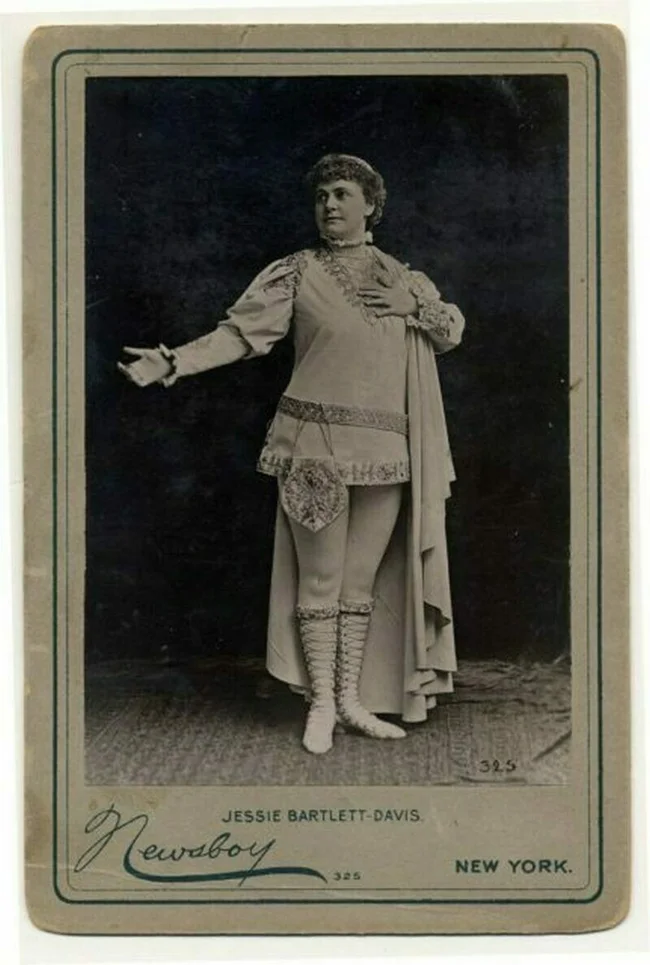
A costume that sends the viewer back to the 15th century
But in addition to obscene allusions, there was witty humor and puns; classical productions were devoid of this 
Burlesque turned social norms upside down, because those who knew how to make people laugh and have fun took to the stage 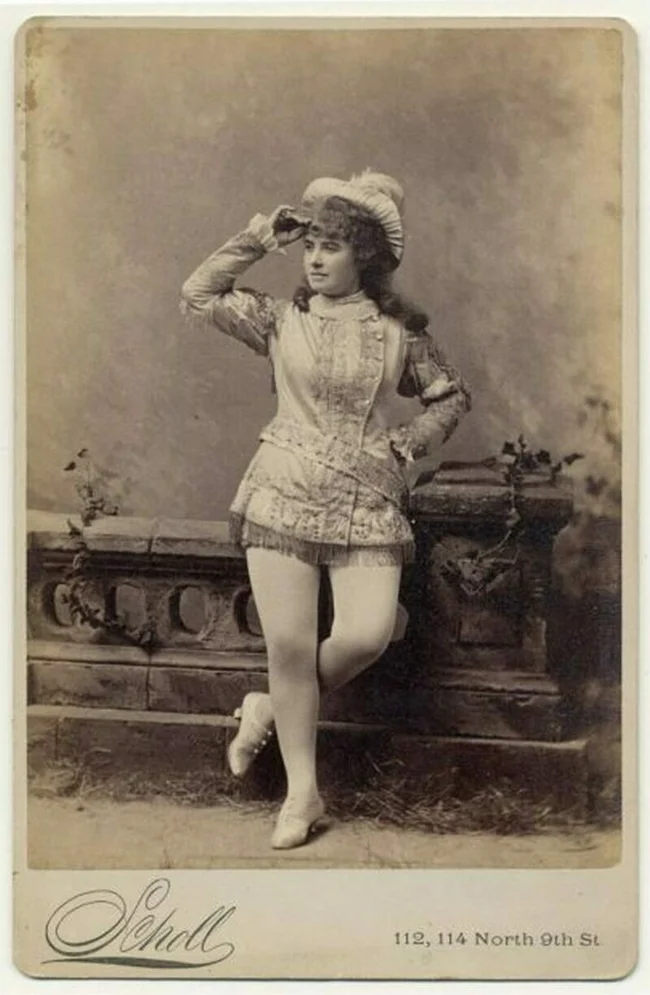
Dancers, chanson singers, pantomime and striptease artists 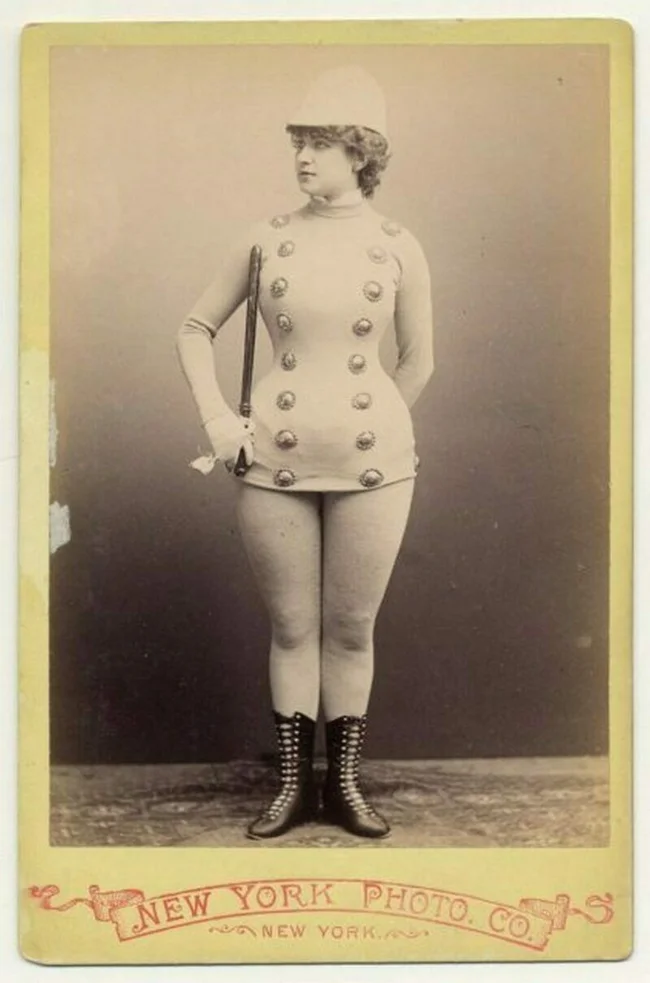
The first stand-up comedians appeared on such a stage 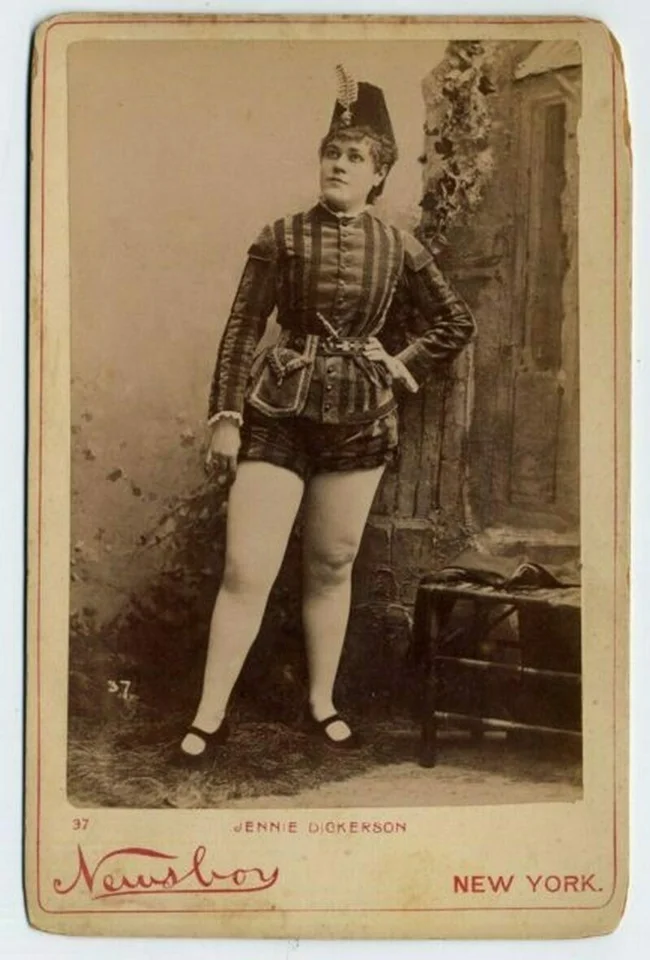
In general, all those who knew how to joke satirically and daringly 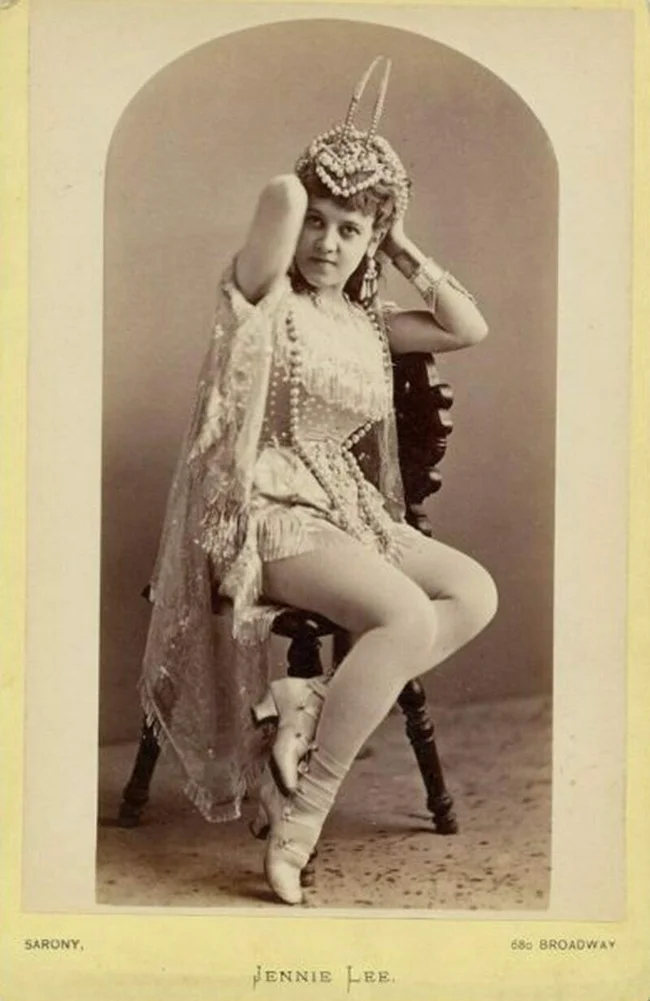
But burlesque became popular for a reason, but because of social tension in society 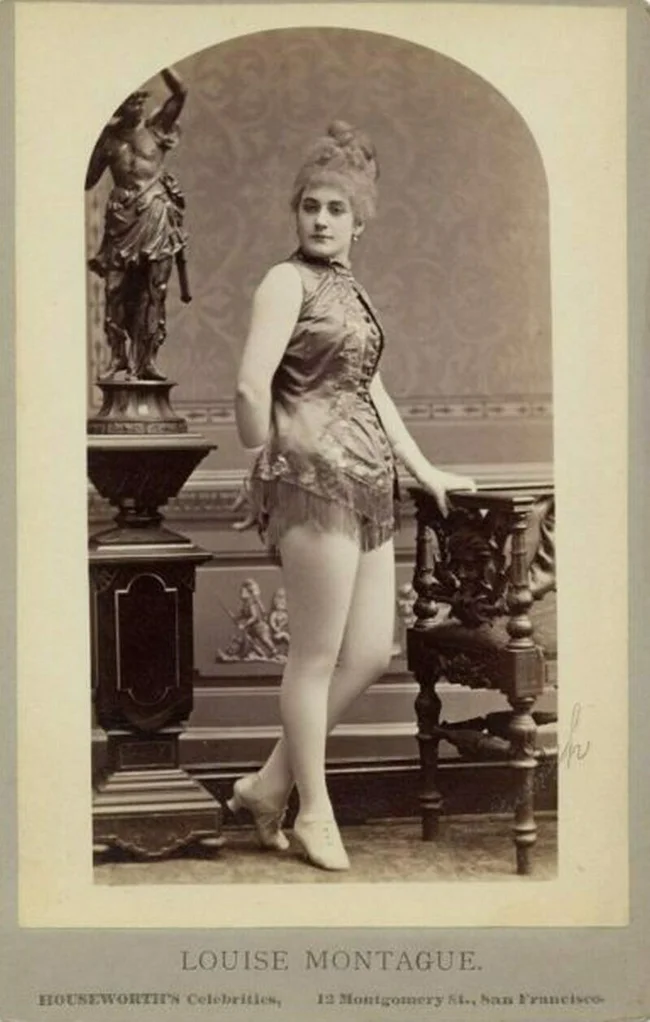
And at the beginning of the twentieth century it was between the upper and lower classes and grew exponentially 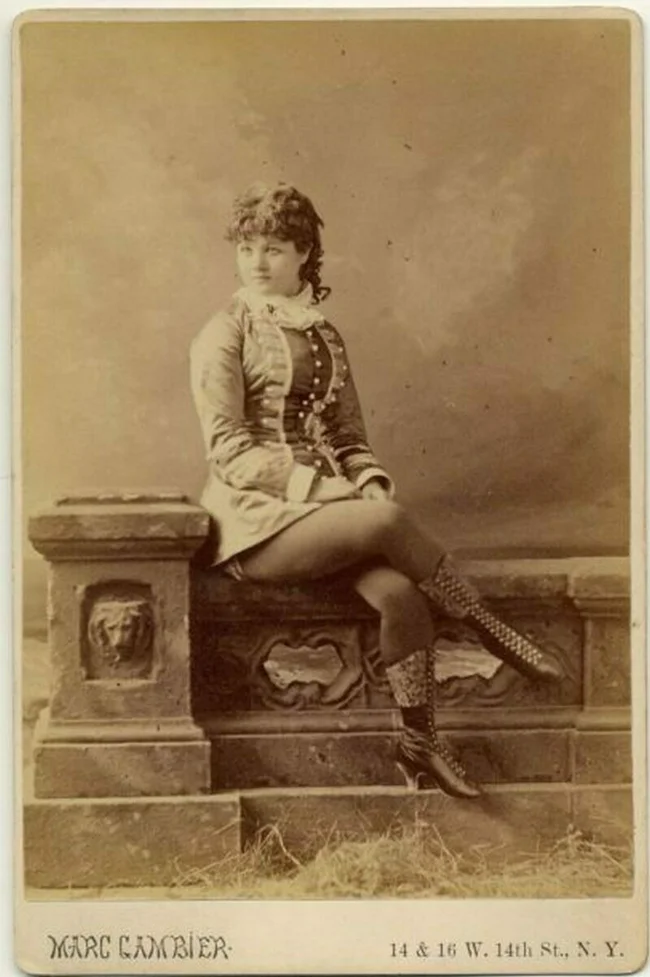
It is for this reason that humor on obscene and base topics appeared in closed clubs 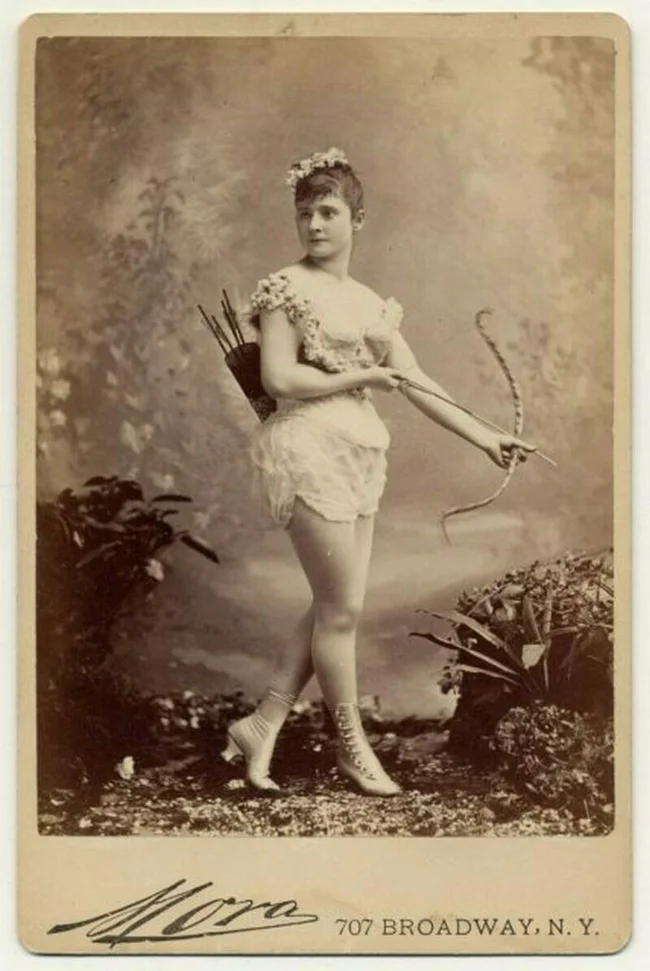
The decline of burlesque occurred in the 1920s-1940s: then elements of striptease finally eclipsed comedy 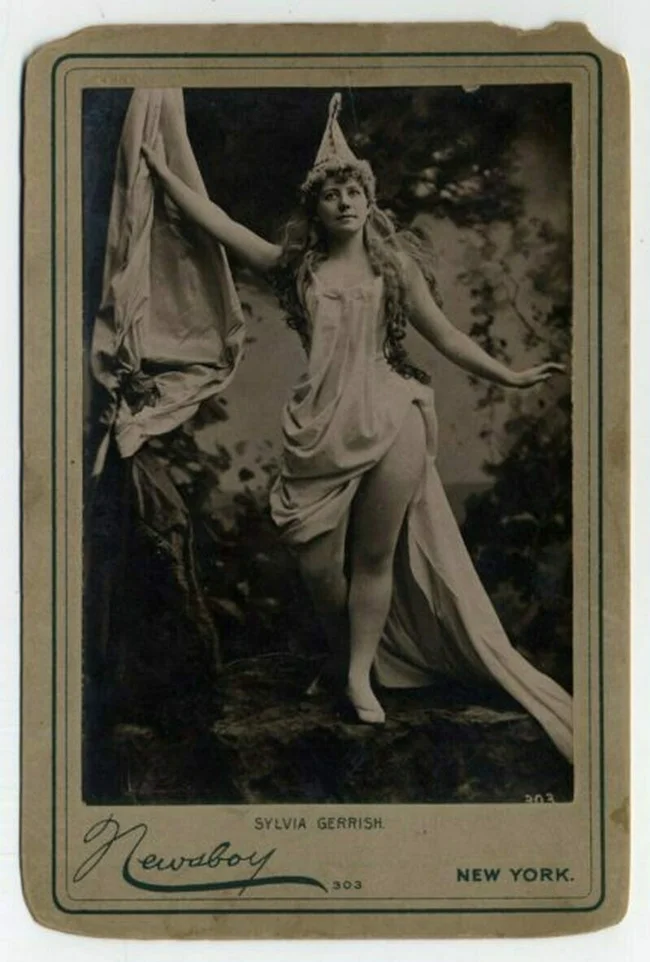
For this reason, the genre very quickly lost popularity, leaving only photos of bright costumes as memories. 